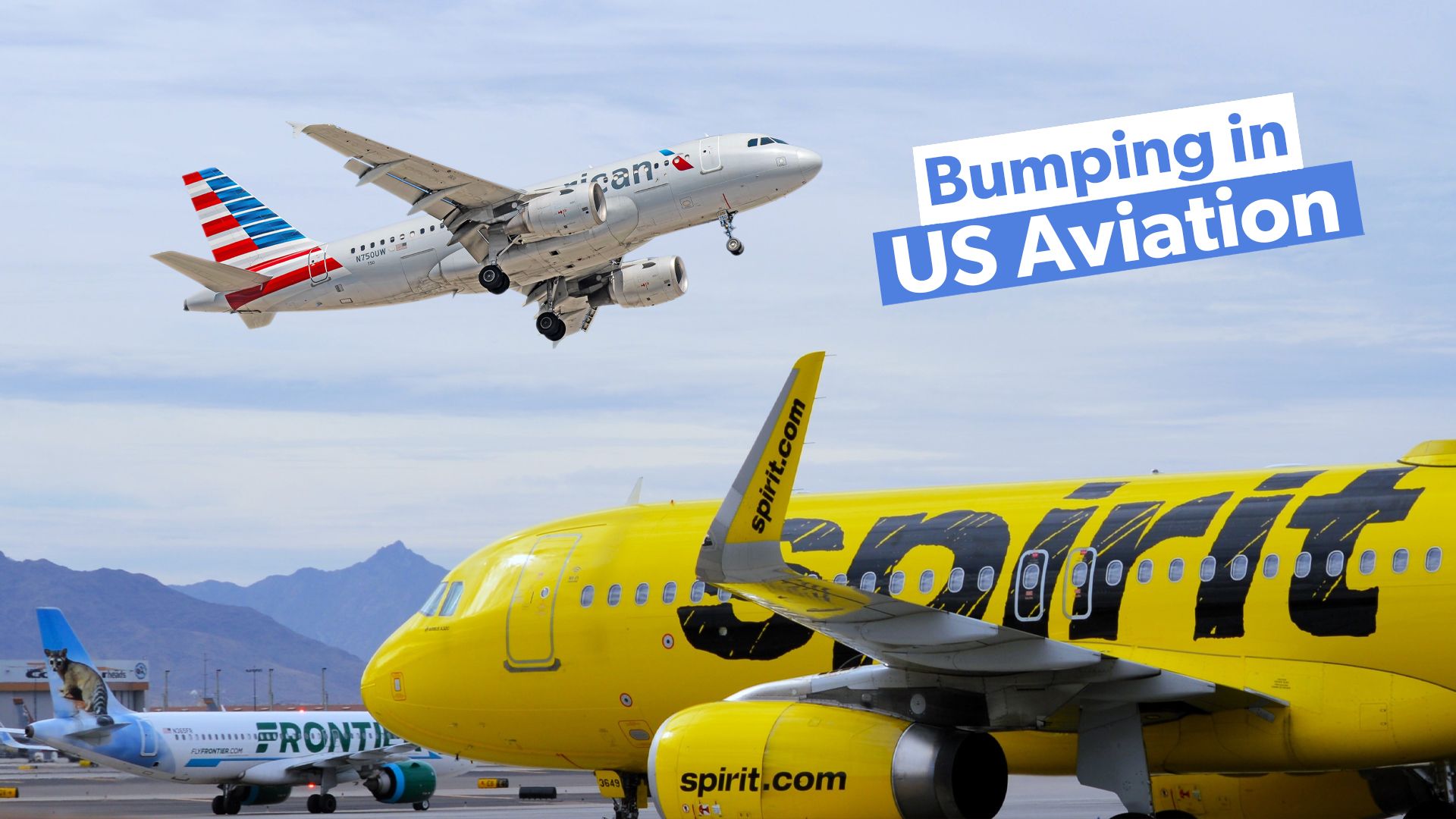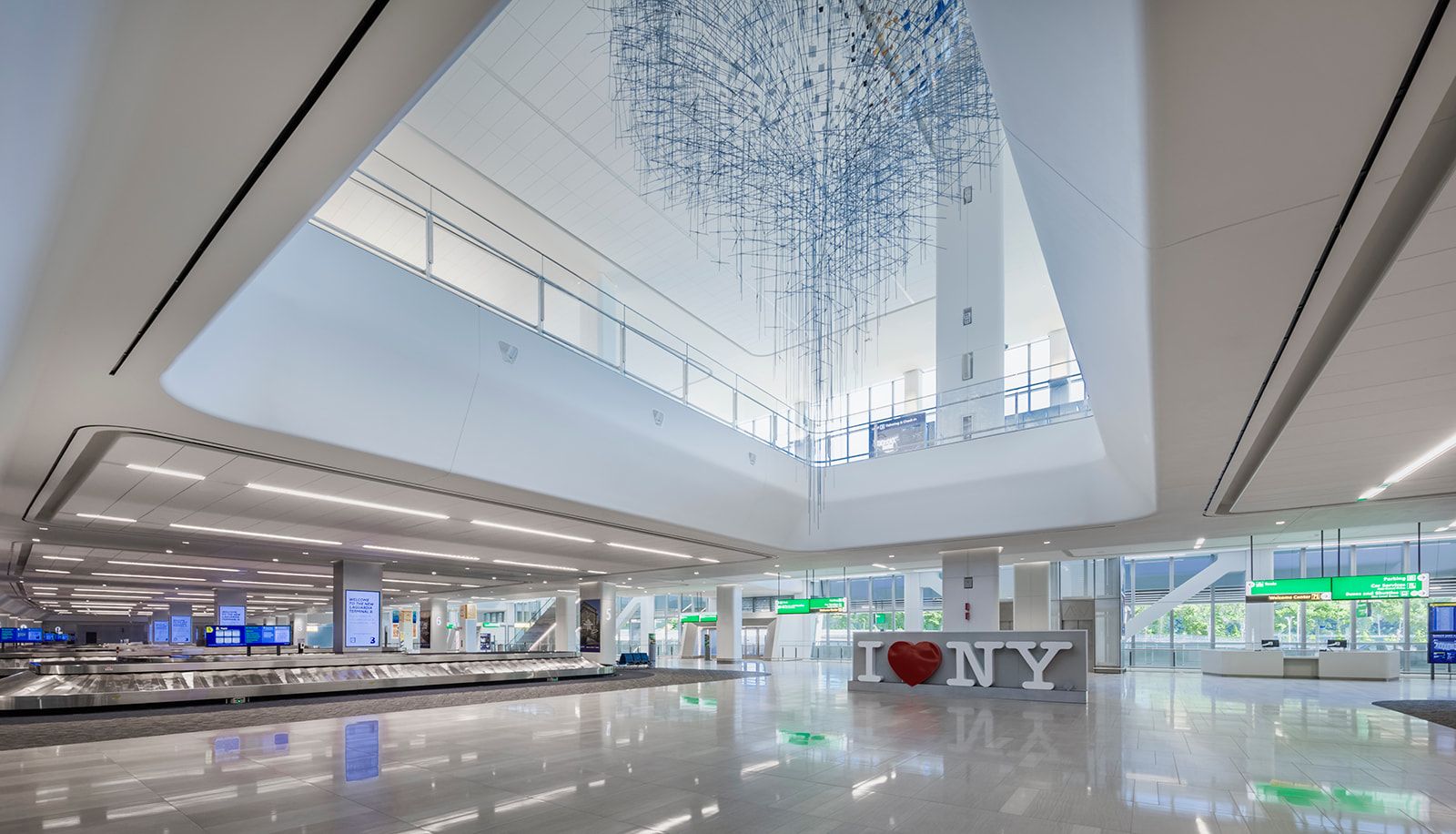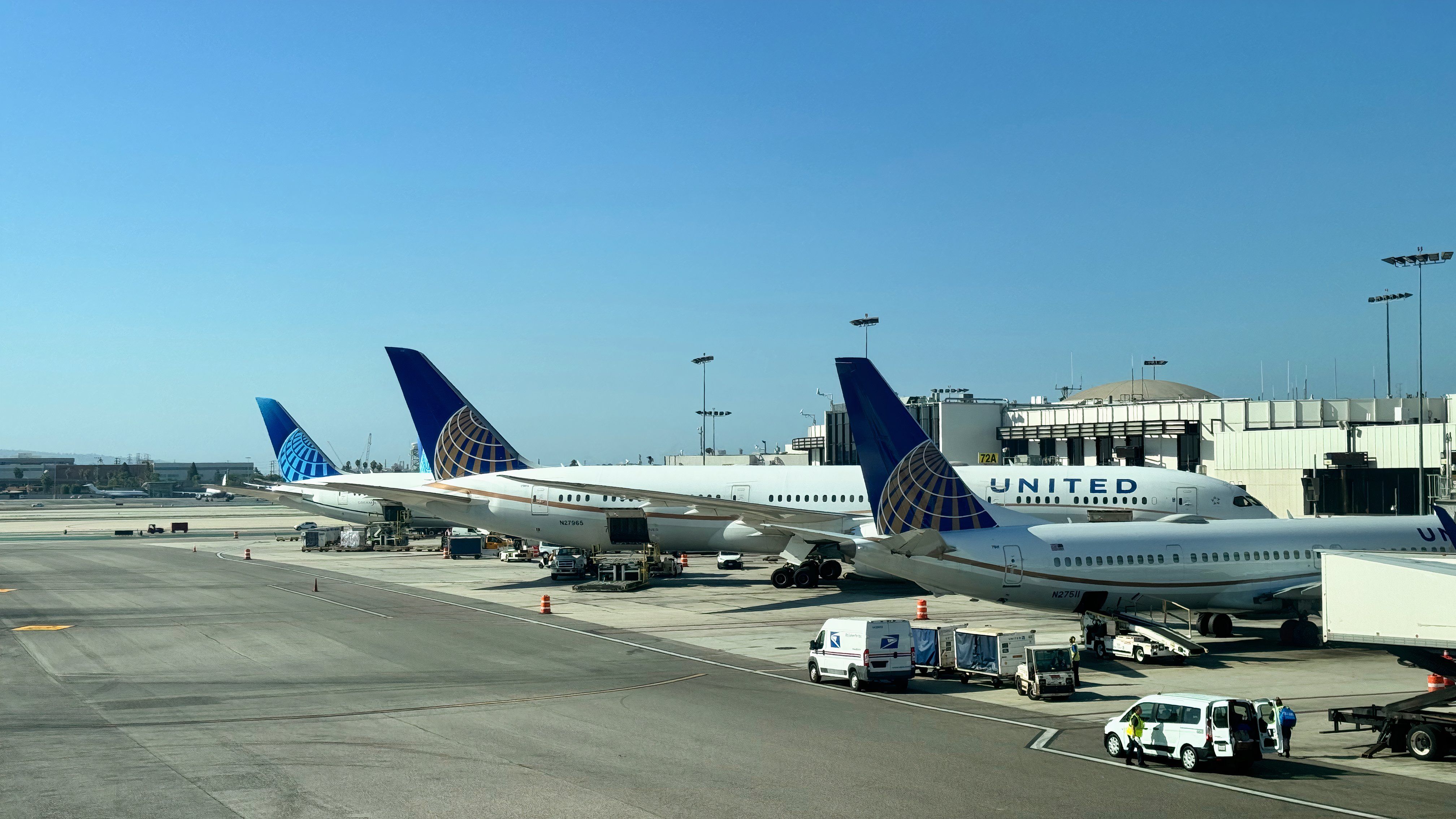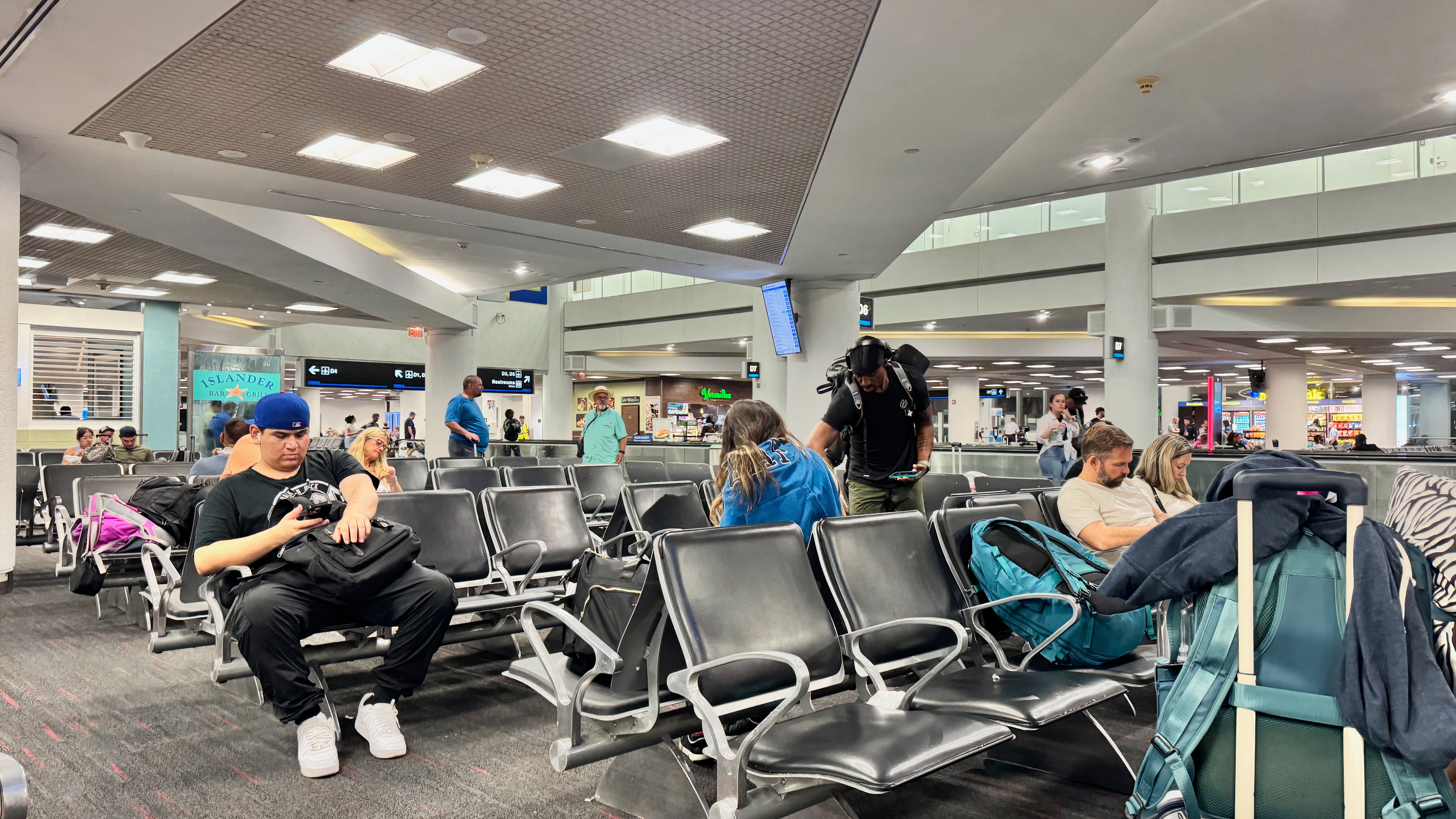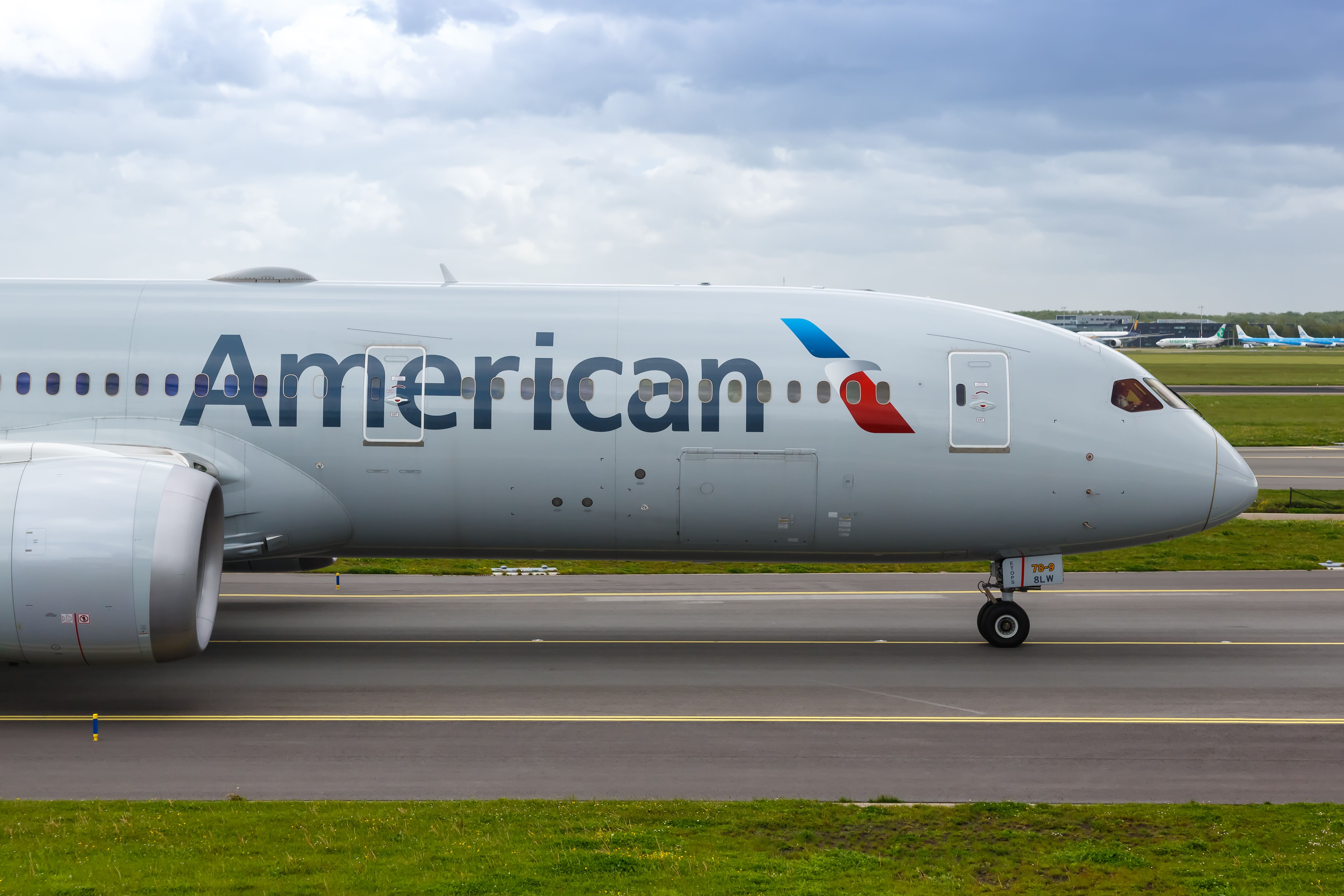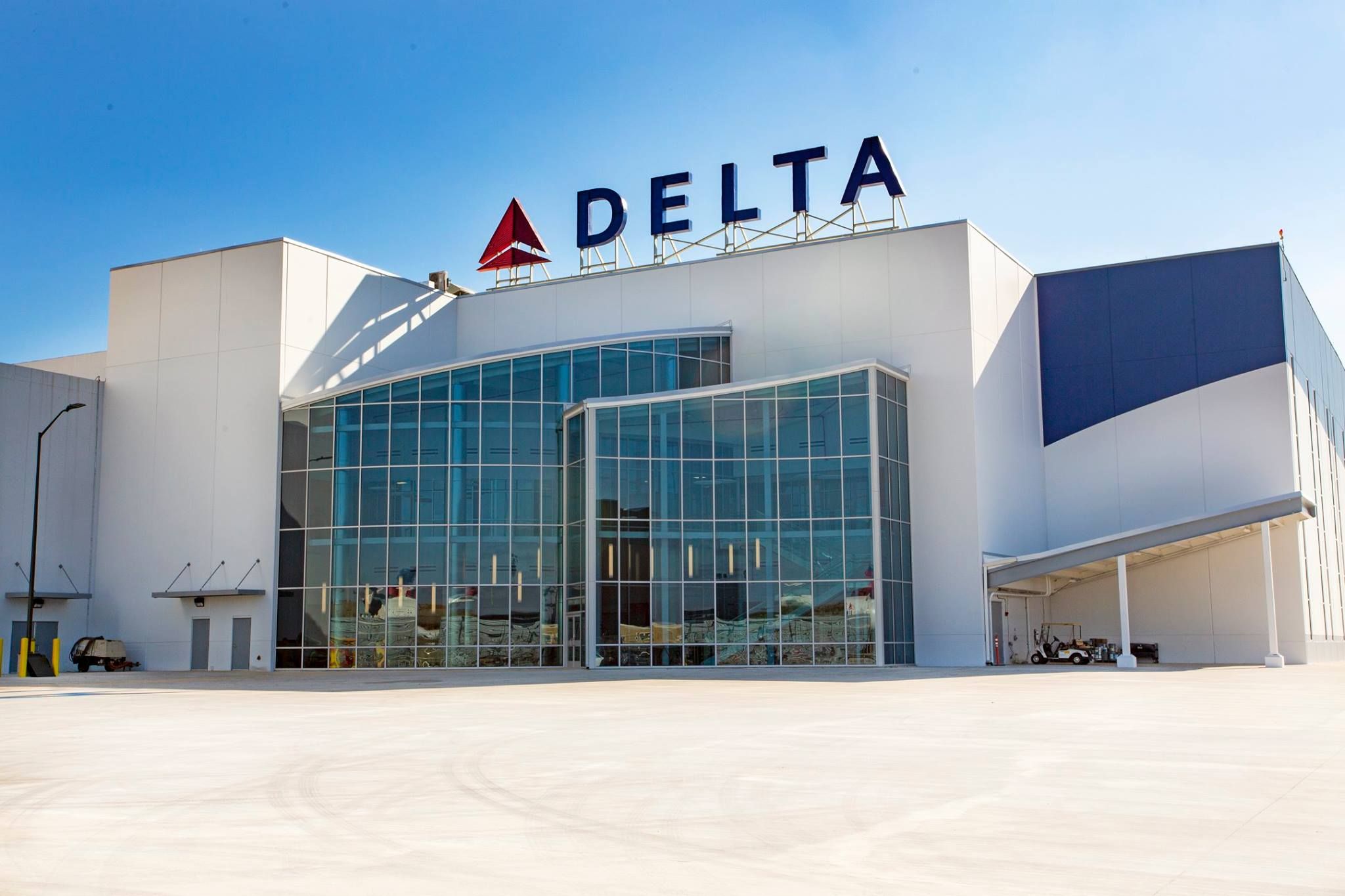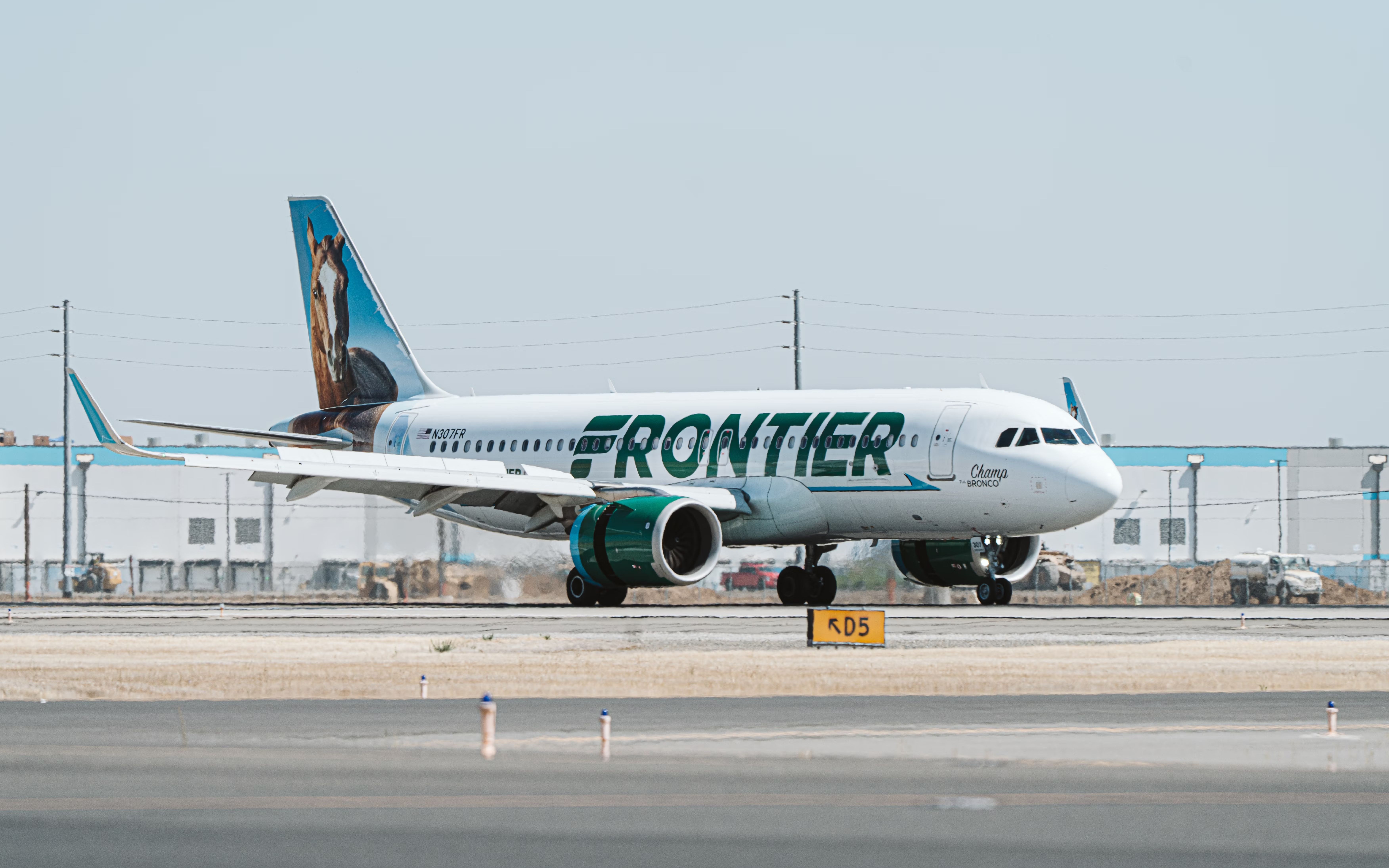In the United States (US), airlines are allowed to overbook flights. While this may seem ridiculous, there is always an estimated rate of people who will not show up, which is why airlines sell more tickets than seats. Passengers never understand why this matters if the seat is already paid for, and of course, the airline wants to make the most money possible.
Photo: Port Authority of New York and New Jersey
Bumping, or denied boarding, is divided into two categories: voluntary and involuntary. Before an airline involuntarily bumps a passenger, it is required to ask passengers to give up their seats voluntarily, and this usually comes with some sort of compensation.
Voluntary
According to the United States Department of Transportation
(USDOT), airlines are required to ask for volunteers to give up their seats. However, they are not required to offer compensation. While this may not be a requirement, it is common practice, as it is nearly impossible to find someone who would willingly volunteer to stay for a later flight without compensation.
Photo: Lukas Souza | Simple Flying
Airlines typically offer vouchers for travel credit and sometimes meals. If the delay is long enough, then an overnight hotel stay can be included along with transportation to and from the hotel. But, passengers can negotiate with airlines and ask for more vouchers, and even upgrades.
The DOT says it is important to ask the following questions:
- When is the next flight on which the airline can confirm your seat?
- Will the airline provide other amenities such as free meals, a hotel room, transfers between the hotel and the airport, and a phone card?
- How long is the ticket or voucher good for?
- Is the ticket or voucher unusable during holiday periods when you might want to use it?
- Can it be used for international flights?
Involuntary bumping
When an airline asks passengers to volunteer to give up their seats and not enough people volunteer, it can bump passengers involuntarily. This is called “involuntary denied boarding” or “bumping.” In the event this is needed, the DOT does not have any criteria as to who gets bumped first, every airline has the right to decide this.
Photo: Lukas Souza | Simple Flying
The airline can use criteria like check-in time; fare paid, or frequent flier status. What is clear is that the criteria cannot subject a passenger to any unjust or reasonable prejudice or disadvantage. Airlines are also required to give passengers printed statements about their rights and how they decide who is bumped.
Once passengers have boarded, airlines are generally not allowed to remove them from their seats or prevent them from boarding. However, passengers can be removed from a flight for safety, security, health, or behavior.
For domestic flights, denied boarding compensation is based on the time of the delay:
|
Length of delay |
Compensation |
|---|---|
|
0-1 hour arrival delay |
No compensation |
|
1-2 hour arrival delay |
200% of one-way fare (airlines may limit the compensation to $775 if 200% of the one-way fare is higher than $775) |
|
Over 2 hour arrival delay |
400% of one-way fare (airlines may limit the compensation to $1,550 if 400% of the one-way fare is higher than $1,550) |
Photo: Markus Mainka | Shutterstock
For international flights, compensation is as follows:
|
Length of delay |
Compensation |
|---|---|
|
0-1 hour arrival delay |
No compensation |
|
1-4 hour arrival delay |
200% of one-way fare (airlines may limit the compensation to $775 if 200% of the one-way fare is higher than $775) |
|
Over 2 hour arrival delay |
400% of one-way fare (airlines may limit the compensation to $1,550 if 400% of the one-way fare is higher than $1,550) |
What airlines have the highest denied boardings?
According to the DOT’s Air Travel Consumer Report, the Delta Air Lines network (including its regional operators) had the most voluntary denied boardings from April to June of this year. In these three months, 30,962 passengers gave up their seats on flights. Of the near 31,000, more than 18,000 were on Delta mainline flights. During the same period, Delta only removed one passenger involuntarily, and it was on a regional flight.
Photo: Delta Air Lines
American Airlines, which transported the most passengers of any US carrier during the period from April to June, had a high rate of denied boardings. Per 10,000 passengers, American’s rate of 0.7, was the second-highest in the US. In the three month period, 18,327 passengers on the AA network chose to give up their seats, and another 3,771 were involuntarily removed.
Southwest Airlines had the third-highest number of denied boardings, 10,504 of which were voluntary and another 435 involuntary. Despite having a high number, the carrier’s rate per 10,000 passengers was low, 0.09.
The top airlines by number of denied boardings, not its rate per 10,000 passengers is below:
|
Airline |
Voluntary |
Involuntary |
|---|---|---|
|
Delta Air Lines (network) |
30,962 |
1 |
|
American Airlines (network) |
18,327 |
3,771 |
|
Southwest Airlines |
10,504 |
435 |
|
United Airlines |
9,213 |
52 |
|
Spirit Airlines |
7,648 |
695 |
When analyzing the number of denied boardings per 10,000 passengers, Frontier Airlines has a significantly higher rate than any other airline. From April to June, Frontier had more passengers involuntarily removed than voluntarily, 2,676 compared to 2,370. This means Frontier has 3.43 denied boardings per 10,000 passengers, nearly five times the airline with the second-highest rate.
Photo: Lukas Souza | Simple Flying
American Airlines, which transported the most passengers of any airline, had the second-highest rate. In total, counting its mainline and regional flights, American had 0.7 denied boardings per 10,000 passengers. Spirit Airlines was not far behind with 0.62.
Rounding out the top three are JetBlue and Southwest, which were tied at 0.09 denied boardings per 10,000 passengers.

